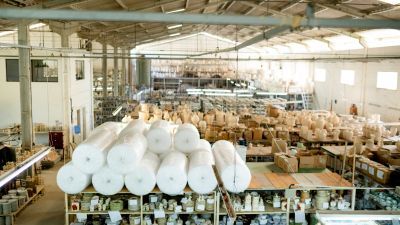
When EU CBAM Meets an “Invisible” Supply Chain
An Italian importer was struggling to comply with the EU Carbon Border Adjustment Mechanism (CBAM) due to a lack of access to required emissions data and the absence of direct communication with the multiple Chinese factories in its supply chain, as it imports through several Chinese traders.
Transforming Black Holes into Transparent Chains - Anew deployed a 3-Step Method to bring transparency to an opaque supply chain.
Step 1 | Build a "Multi-party Communication Map"
Anew worked with the client to clarify which goods needed to be reported under CBAM and the deadlines.
Then, Anew represented the client to bring all stakeholders—multiple Chinese trading companies, and their factories—into a joint meeting to efficiently address the following:
- What data does CBAM require?
- Who are the data owners?
- Which template should be used?
- What is the deadline?
Step 2 | Equip Factories with Practicable Toolkits
- Anew developed a streamlined CBAM data collection form for the factories.
- Our CBAM advisors provided clear instructions on how to complete the form correctly.
Step 3 | Conduct a Professional Compliance Review
The Anew CBAM Team audited the submitted forms, cross-verified the data for each factory, eliminated any outliers, and completed the forms required by the EU.
- Time Savings: Significantly reduced client's time spent on communicating and coordinating among multiple parties.
- Cost Savings: Eliminated the client’s need for internal travel and translation services.
- Relationship Building: Facilitated initial "ice-breaker" dialogue between the Italian client and Chinese factories, which laid the foundation for future green procurement.
- Development: Introduce concepts such as carbon emission and CBAM to the supply chain, establishing a solid basis for ongoing data updates and long-term calculations.
Associates
A leading global kitchenware manufacturer based in the EU.

